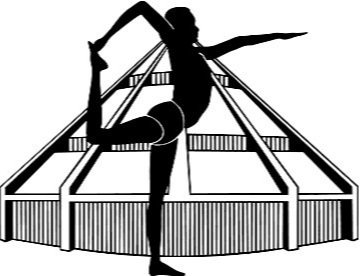From body alignment to brain alignment
By Hadas Salman
Throughout evolution humans adapted an upright position, by standing up straight and walking on two legs. This very unique upright posture can be found almost exclusively in humans and thus our body adapted a unique alignment of all its tissues, from epithelial, connective, muscular to nervous.
Our nervous tissue is deeper than the muscular one which makes its alignment much harder to observe.
Lucky for us, researchers already modeled our central nervous system anatomy and alignment.
For all chordates, the central nerve system is a one continuous tube, going from head to tail.
As for humans, the central nerve system contains the skullbrain at the head and inferior to it, the spinal cord (spinal brain).
The central nerve system tube is protected by the skull and spine vertebrae.
To prevent any pressure or damage to our nerve system this tube should keep its alignment throughout our life.
This might seem an obvious observation, but practically this alignment, which is out of sight, is very hard to maintain.
Considering humans' upright position, gravity is not in our favour and compared to other animals we face a much more challenging battle for keeping the right alignment of our body and brain.
To protect the spinal brain we should carefully know how to align each vertebra on top of each other, from the skull to the tailbone, by that, we can maintain a perfect nervous tunnel with enough space through the foramen magnum and vertebral foramina.
This space enables signals from the peripheral nervous system to move smoothly to the central nerve system and back.
Alignment by definition is arrangement in a straight line, or in correct or appropriate relative positions.
B.K.S Iyengar was the one who brought the alignment to yoga and developed anatomically precise terms to convey it.
When he refers to the correct way of doing a yoga posture, he refers to the alignment of the different body parts.
The skeleton body alignment which can be clearly observed by the beholder, is instructed and expertly modeled in his book “light on yoga”.
B.K.S Iyengar by precisely walking through the body alignment in each asana, developed sensitive observation not only to the outer body but to the inner body as well.
“It is through the alignment of the body that I discovered the alignment of my mind, self, and intelligence.” ― B.K.S. Iyengar, Light on Life
Through the asanas practice we can achieve the correct body alignment.
The alignment starts from the outermost tissues and results with a sequence of occurrences that bubbling deeper, finally affects the alignment of our brain, keeping the space and protection it needs.
By achieving this complete alignment, the strength, stability and flexibility goes not only through the physical body but also to the nerves, mental body and mind.

